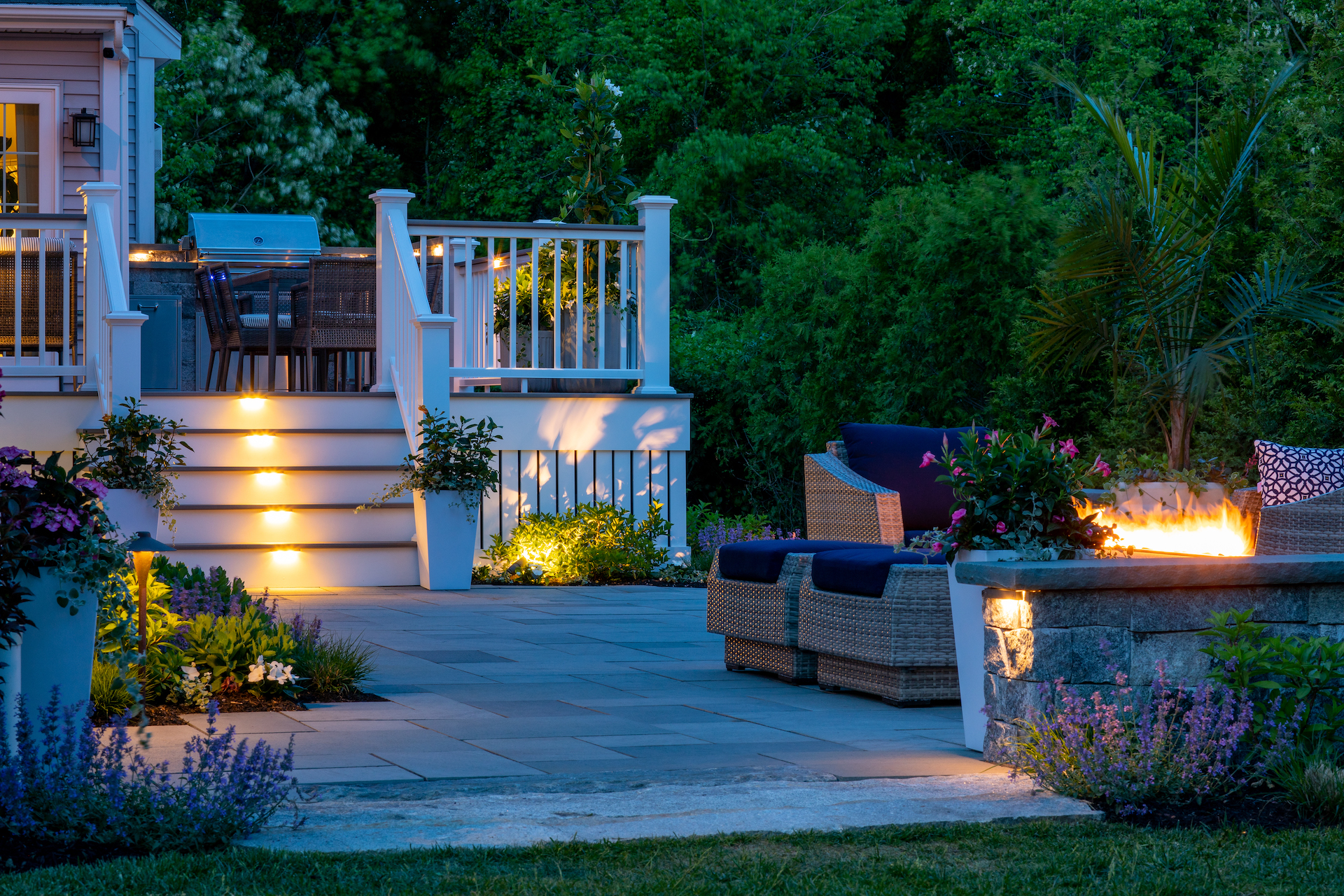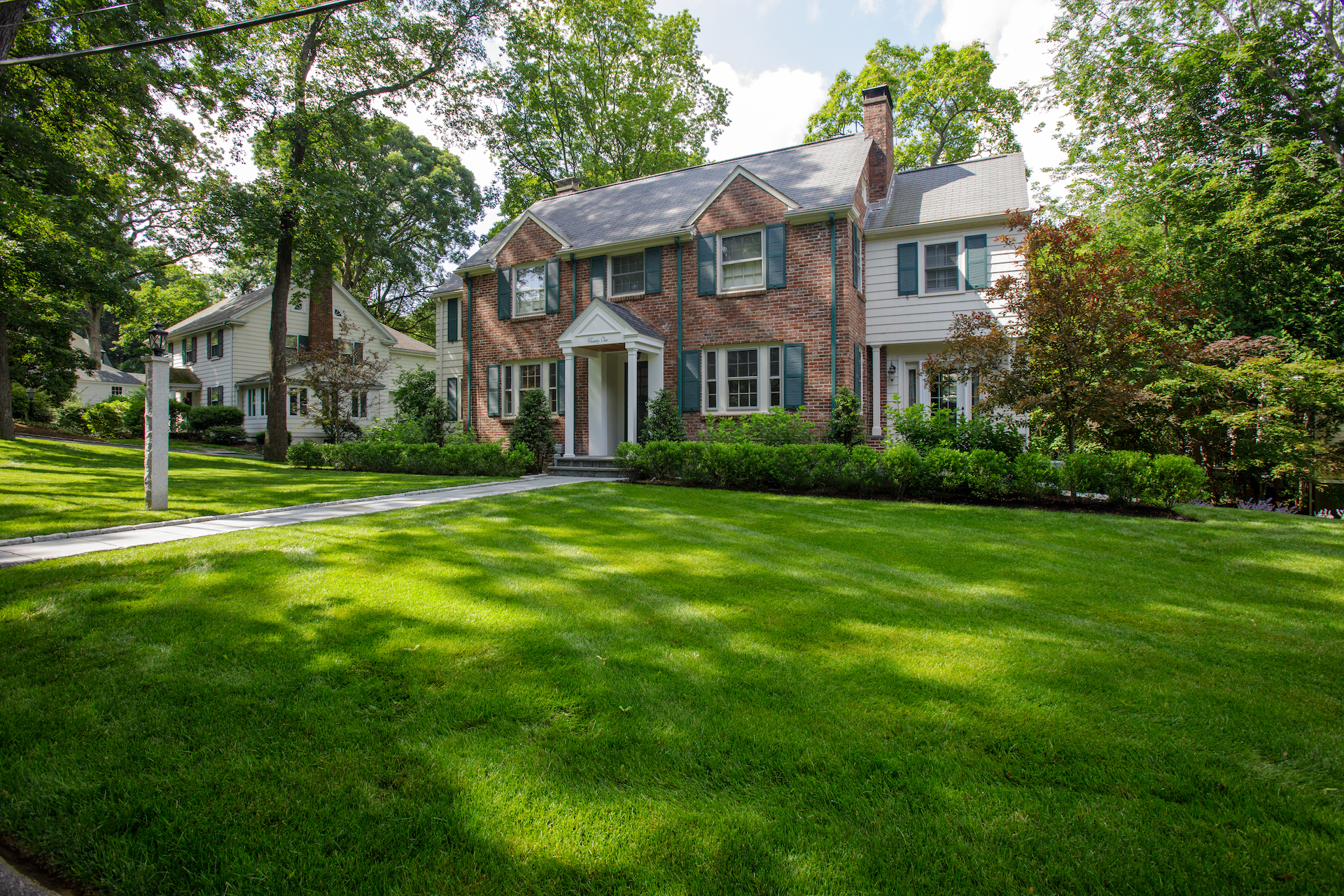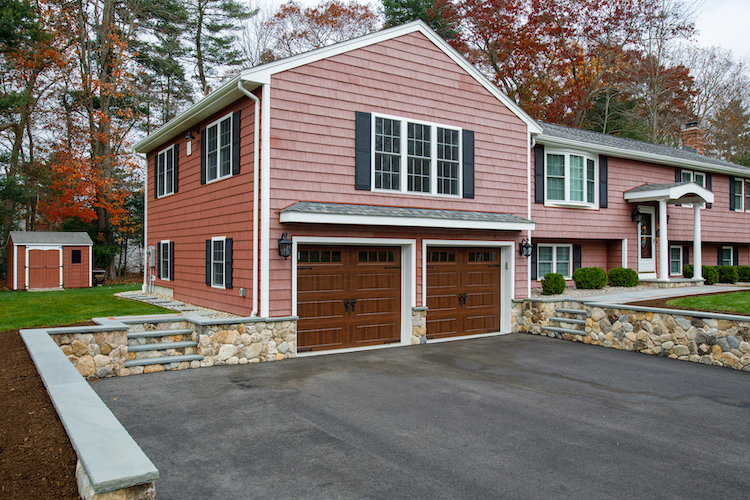French Drains: What They Are and How They Work
Say goodbye to soggy lawns and waterlogged foundations—discover how French drains offer a smart, long-term solution for residential drainage issues.
When it comes to protecting your home and landscape from excess water, few systems are as effective—or as misunderstood—as the French drain. Despite the name, French drains have nothing to do with France; they were popularized in the United States by Henry Flagg French, a 19th-century farmer and judge from Massachusetts. Today, these simple yet highly effective systems remain a go-to solution for managing groundwater and surface runoff.
So, what exactly is a French drain, and how does it work?
What Is a French Drain?
A French drain is a trench filled with gravel or rock that contains a perforated pipe. Its main purpose is to collect and redirect water away from areas where it tends to accumulate—such as near a home’s foundation, low spots in a yard, or behind retaining walls.
The design is deceptively simple:
-
The trench slopes gently away from the problem area to encourage water flow.
-
The gravel or stone helps filter debris and allows water to seep down toward the pipe.
-
The perforated pipe collects the water and transports it to a discharge point, such as a dry well, storm drain, or natural drainage swale.
It’s an underground system, so once installed, it’s out of sight—and with proper design and materials, it requires little maintenance.
How Does a French Drain Work?
Water always follows the path of least resistance. A French drain takes advantage of this principle by creating an easier route for water to follow—down into the trench and pipe, and then away from your property.
Here’s a step-by-step breakdown of how it works:
Water enters the system through the top of the gravel trench.
The gravel layer filters out larger debris and allows water to percolate through to the pipe below.
The perforated pipe, usually wrapped in a fabric sock or surrounded by landscape fabric, collects the water.
The pipe’s slope allows gravity to carry the water safely away from structures, walkways, or plantings.
Water exits at a designated drainage point—such as a dry well, swale, or lower portion of your yard—where it can be absorbed safely into the ground.
The entire system works quietly and efficiently below the surface, preventing standing water and protecting your property from erosion, flooding, and damage.
Where Are French Drains Typically Installed?
French drains are versatile and can be used in a variety of situations:
-
Around the perimeter of a home to prevent water from seeping into the basement or crawlspace.
-
In low-lying yard areas where water pools after heavy rain.
-
Behind retaining walls to relieve hydrostatic pressure.
-
Along driveways, patios, or walkways where surface runoff creates puddles or erosion.
-
At the base of slopes or hills to capture downhill water flow.
Benefits of Installing a French Drain
-
✅ Protects foundations from water intrusion and structural damage.
-
✅ Improves lawn health by eliminating waterlogged soil and root rot.
-
✅ Reduces erosion in sloped areas or around hardscape features.
-
✅ Prevents basement flooding and mold issues.
-
✅ Adds long-term value to your property by solving persistent water problems.
Work with the Right Experts
While the concept is straightforward, the proper installation of a French drain is crucial to its success. The trench must be correctly graded, the pipe correctly placed, and the discharge point properly planned to ensure the system doesn’t just move the problem elsewhere.
At Provost Companies, our team has years of experience designing and installing French drains and other custom drainage solutions for properties across Massachusetts. Whether you’re dealing with a soggy lawn, a leaky basement, or runoff issues, we can help engineer a drainage plan that works with your landscape—not against it.
Don’t let drainage issues damage your investment. Contact us today to schedule a consultation and find out if a French drain is right for your property.




